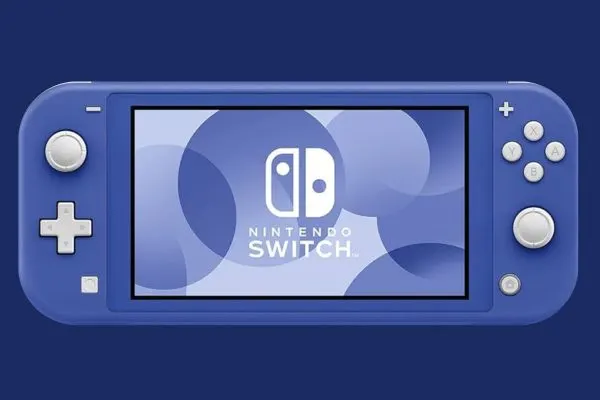Smartphone giants are increasingly betting their chips on headsets and glasses as the new tech frontier. Smartphones remain the anchor business, but Vivo, the fourth-largest phone maker in the world, has formally become a member of the mixed-reality club with its new Vivo Vision mixed-reality headset. The company sees the product as an "everyday headset," one intended to provide experiences smartphones and laptops cannot.
A Sneak Peek into Vivo's Mixed-Reality Plans
The Vivo Vision mixed-reality headset leverages state-of-the-art mixed-reality technology and a dial that allows users to switch between virtual reality (VR) and augmented reality (AR). Unlike Apple's Vision Pro, which did not drive mainstream interests, Vivo is launching a lighter headset with a wider 180-degree panoramic field of view and a lower estimated cost, democratizing mixed-reality tech to a wider audience.
Vivo hopes to make the Vision headset an everyday device utilized for work and leisure, as opposed to a gaming or entertainment device. By connecting the physical and digital worlds, the Vision headset launches a new category of devices called spatial computers, which blend aspects of AR and VR into one interactive experience.
What is AR, VR, and MR?
The Vivo Vision mixed-reality headset announcement has brought back the debate surrounding mixed-reality technology. To a common consumer, the difference between AR, VR, and MR is still unclear. Mixed reality technically falls under augmented reality that meets specific requirements for immersion and interactivity.
While AR overlays digital information onto the real world, VR plunges the user into a fully digital world. MR, however, gets the best of both: it overlays digital objects onto real-world environments and lets users interact with them. In contrast to traditional VR, which isolates the user from the real world, MR presents a seamless blend of the digital and physical experience.
One common application of augmented reality is Pokémon Go, which utilizes AR to bring virtual creatures into the real world using a smartphone screen. Mixed reality goes a step further by allowing users to interact with virtual objects in real-time, providing a more immersive, interactive experience.
Vivo Vision: Beyond the Headset
Vivo Vision mixed-reality headset features OriginOS, an in-house operating system that Vivo has developed, and the ability to control apps with finger gestures and eye movement. The product offers the combination of AR and VR in one package that can be used as a face computer in reality.
In terms of hardware, the headset is no less impressive. The headset boasts a premium metal body, several cameras and sensors, high pixel density microOLED screens, and Qualcomm Snapdragon XR2+ Gen 2 processor. The headset also features a Digital Crown to control immersion, a camera shutter button to capture 3D content, and a cinematic screen experience that is the equivalent of a 120-foot screen.
Design and Usability
Function and comfort have been Vivo's focus with the Vision headset. At a mere 398 grams, it is light compared to Apple's 650-gram Vision Pro. With a wider field of view of 180 degrees, the headset uses an external battery to cut down on weight but limits use to around two hours on a single charge. Though a cumbersome piece of gear compared to hip AR glasses, prototype-like, the Vision headset is intended to be worn for long stretches of time, with ergonomics considered.
Though it borrows a design language from Apple Vision Pro, Vivo's less weighty and more panoramic design might appeal to customers who seek immersion without the weight and cost of such products.
The Road Forward for Mixed Reality
Vivo's entry into the mixed-reality world with the Vivo Vision mixed-reality headset signals growing interest in spatial computing beyond Silicon Valley. As AR, VR, and MR continue to evolve, these technologies have the potential to transform the way human beings work, play, and interact with digital content in everyday life.
By presenting the Vision headset as a functional, multi-use, Vivo is making the argument that mixed reality is not a theoretical concept but a technology poised to go mainstream.
Whether it will succeed in taking on Apple's Vision Pro or Meta's VR is an open question, but the launch shows companies like smartphone makers are committed to defining a new generation of computing.


